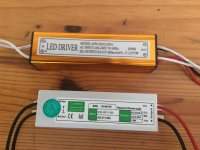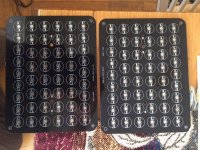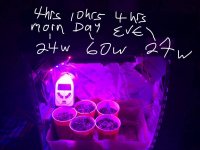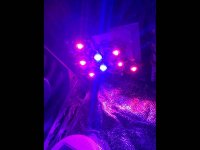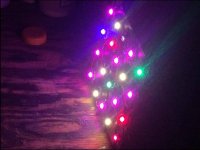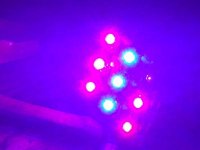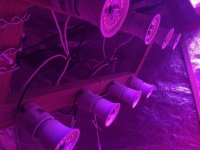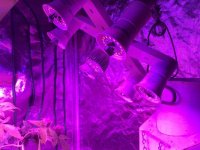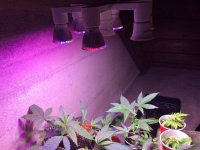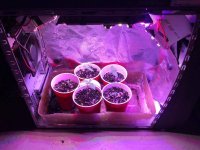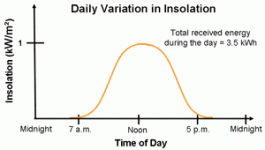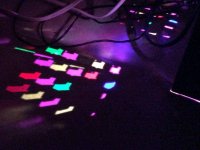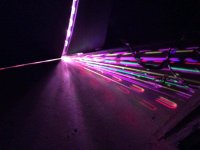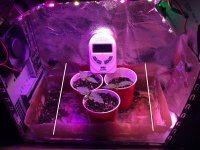I'm at least pretty confident about the safety of my second light. The driver says right on it 7-12x3w.
Anyhow, let this thread be a lesson to others who wrongfully think just cause they are only 1-10w LED's, that it's that much safer than building a diy COB array without the proper electronics background.
Lucky for me I spent my first $200 or so on breadboards, resistors and such a while back when I wanted to learn electronics to make Synths. After making an Atari Punk console I had no idea what to do next. I have a volt meter, Arduino, Raspberry Pi's, etc. all collecting dust. Now I got a reason to want to learn electronics again. Glad I saved all that junk after all. Still to broke to buy solder anyhow cause I called out sick at my day job in retail for a week. Cool!
I was DUMB! But at least I wasn't as dumb as that Ben Franklin guy with that whole kite and key in a lightning storm experiment. What was he thinking? Hehehe
Anyhow, let this thread be a lesson to others who wrongfully think just cause they are only 1-10w LED's, that it's that much safer than building a diy COB array without the proper electronics background.
Lucky for me I spent my first $200 or so on breadboards, resistors and such a while back when I wanted to learn electronics to make Synths. After making an Atari Punk console I had no idea what to do next. I have a volt meter, Arduino, Raspberry Pi's, etc. all collecting dust. Now I got a reason to want to learn electronics again. Glad I saved all that junk after all. Still to broke to buy solder anyhow cause I called out sick at my day job in retail for a week. Cool!
I was DUMB! But at least I wasn't as dumb as that Ben Franklin guy with that whole kite and key in a lightning storm experiment. What was he thinking? Hehehe

